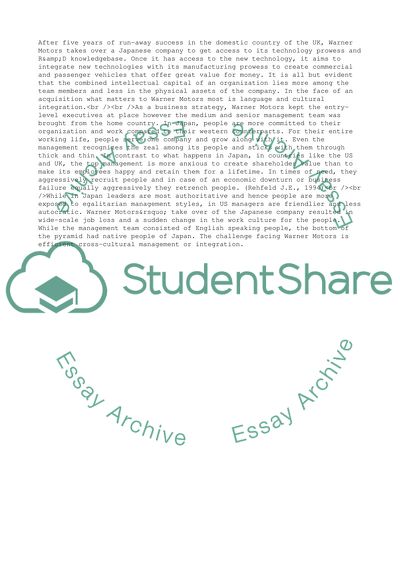Cite this document
(People and Culture in the Management of an Organisation Coursework, n.d.)
People and Culture in the Management of an Organisation Coursework. https://studentshare.org/management/1722877-people-problems-business-psychology
People and Culture in the Management of an Organisation Coursework. https://studentshare.org/management/1722877-people-problems-business-psychology
(People and Culture in the Management of an Organisation Coursework)
People and Culture in the Management of an Organisation Coursework. https://studentshare.org/management/1722877-people-problems-business-psychology.
People and Culture in the Management of an Organisation Coursework. https://studentshare.org/management/1722877-people-problems-business-psychology.
“People and Culture in the Management of an Organisation Coursework”. https://studentshare.org/management/1722877-people-problems-business-psychology.


